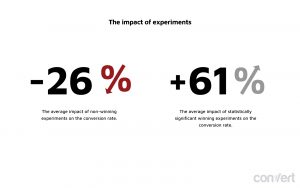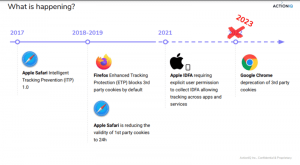Called Barometric, the service uses street addresses of homes as the consistent ID across devices and into physical retailers.

Attribution is one of the trickiest requirements of digital advertising. You need to know if your ad spend is resulting in sales, but how can you tell which sales resulted from which ads on which devices?
This week, predictive targeting ad tech firm AdTheorent launched a new attribution service called Barometric, making publicly available the system it had been using internally to match sales or other user actions with specific ad campaigns.
What makes this service different from others, co-founder Josh Walsh told me, is that it creates a consistent ID across devices and into physical stores that is usually based on the street address of your home.
A wide variety of companies do cross-device tracking these days, as they attempt to determine if the same person is using this smartphone in the morning, this laptop during the day and this tablet at night. Plus, there’s a growing movement to track device-owning users as they make purchases in physical stores.
Barometic’s solution is to focus on the physical street address. A retailer, for instance, might have customer profiles in its customer relationship management system, each with the person’s real name and address.
When working with Barometric, the retailer would provide the profiles, which become anonymized, but the street address is used to establish geographical relationships between devices.
Through IP and router tracking, Barometric identifies that the smartphone in question, for instance, checks a sports site in the morning from that address, as have both a laptop and a tablet at other times of day. The conclusion: these devices are owned by the same person, or at least the same family or group of roommates.
Barometic then tracks the smartphone going into an electronics store. The person at that address makes a purchase of a TV on sale, which had been promoted in an ad sent to the smartphone the day before. The brick-and-mortar store tracking is made through beacon-based data or geofencing, and the retailer might share point-of-sale info.
A combination of deterministic (identifiable users) and probabilistic (inferential matching based on assumptions) is used throughout Barometric’s attribution process, Walsh said, so as to keep accuracy in the high 80-percent range.
This kind of end-to-end tracking into the physical world is becoming more common, but Barometric’s key feature is that it prefers to base a consistent user ID on the physical address. The same anonymized physical address might be used to track attribution for ad campaigns not involving the original retailer.
When a physical address isn’t available, Walsh noted that attribution is still conducted for campaigns that don’t require it.







